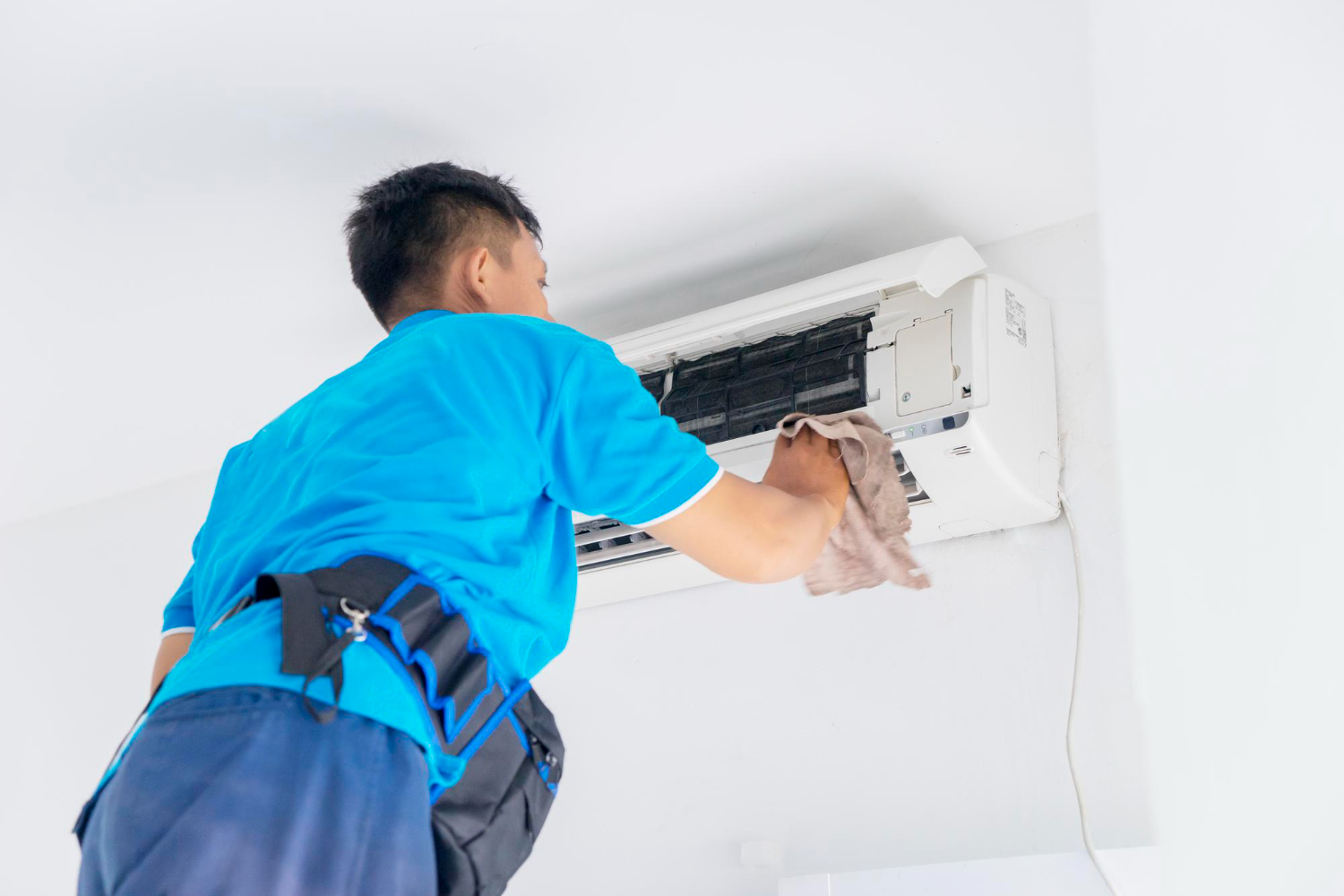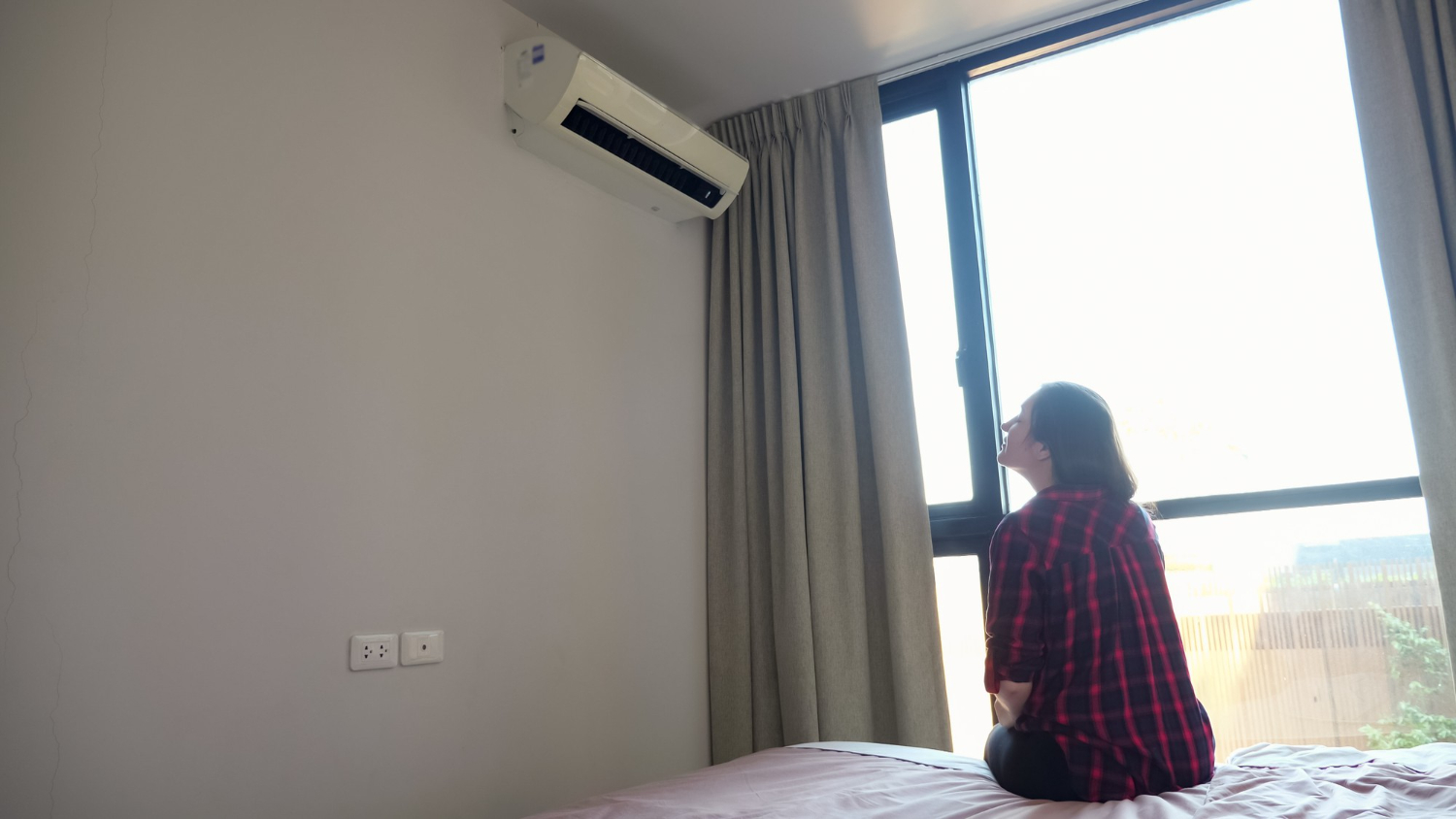High indoor humidity can be an unwelcome guest in many homes, causing discomfort and potential damage if not addressed. In Bainbridge Island, where coastal weather patterns play a significant role, the challenge of maintaining a dry and comfortable living environment is particularly relevant. As spring arrives, it’s a great time to think about how to manage indoor humidity and ensure your home remains a sanctuary free from the sticky, oppressive air that high humidity can bring.
Understanding and managing indoor humidity is crucial to maintaining comfort and preventing health-related issues. It can lead to mold growth, musty odors, and potential damage to your home. With effective solutions, it’s possible to control these humidity levels and enjoy a healthier living space, no matter how damp the weather outside may be.
Understanding High Indoor Humidity
Indoor humidity refers to the amount of moisture in the air within your home. When humidity levels exceed the comfortable range, typically between 30-50%, it can impact not only your home’s comfort but also your health. Common causes include poor ventilation, water leaks, and high outdoor humidity seeping indoors. These situations can exacerbate the problem, transforming your home into a potentially harmful environment.
The consequences of high indoor humidity are broad. For instance, it can promote the growth of mold and mildew, which are not just unpleasant but can pose health risks like allergies and respiratory issues. Additionally, excessive moisture can damage wood furniture, cause peeling paint, and lead to structural problems over time. Understanding these impacts highlights the importance of addressing indoor humidity effectively and promptly.
Call Us
Identifying Signs of High Indoor Humidity
Recognizing the signs of high indoor humidity can empower homeowners to take timely action. Here are some common indicators that your home may be experiencing elevated humidity levels:
– Condensation: Look for water droplets on windows and walls, especially during cooler months. This is a clear sign that moisture levels in your home are higher than they should be.
– Musty Odors: A persistent, musty smell often indicates mold or mildew presence, which thrives in damp conditions. This smell can be particularly noticeable in basements or bathrooms.
– Mold and Mildew Growth: Check corners, around windows, and in hidden spaces for mold or mildew spots. These often appear as black or green patches that can spread quickly if not addressed.
– Dampness: A clammy or damp feeling on the skin while inside your home suggests that the air contains more moisture than it should.
By recognizing these signs and taking proactive measures, you can mitigate the adverse effects of high indoor humidity and ensure your home remains comfortable and safe. Addressing humidity-related issues is vital for both your living comfort and the integrity of your home.
Effective Solutions for Managing Indoor Humidity
Tackling high indoor humidity begins with the right solutions tailored to your specific needs. By implementing a few practical steps, you can significantly reduce moisture levels in your home.
– Using Dehumidifiers: These devices are highly effective in removing excess moisture from the air. Consider placing a dehumidifier in damp-prone areas like basements or bathrooms to help keep your indoor environment comfortable.
– Ensuring Proper Ventilation: Fresh air circulation is essential to maintaining optimal humidity levels. Make use of exhaust fans in kitchens and bathrooms or open windows to allow humid air to escape and fresh air to enter.
– Fixing Leaks and Plumbing Issues: Water leaks are common culprits of high humidity. Inspect your home for leaking pipes or faucets and repair them promptly to prevent additional moisture from seeping into the air.
– Maintaining Air Conditioning Systems: Regular AC maintenance ensures that your system functions efficiently. A well-maintained AC not only cools your home but also helps control humidity levels.
The Role of Air Filter Replacement in Humidity Control
An often overlooked aspect of managing indoor humidity is regular air filter replacement. Dirty or clogged filters can hamper the efficiency of your HVAC system, causing it to work harder and less effectively. By replacing air filters regularly, you can ensure your system operates optimally, contributing to better humidity control. This is particularly relevant in Bainbridge Island, where the local climate can exacerbate humidity issues.
Maintaining Optimal Indoor Humidity Year-Round
Consistency is key to keeping indoor humidity at a desirable level throughout the year. Consider these tips to manage humidity across seasons:
– In warmer months, rely on your AC system while ensuring it receives regular maintenance. In cooler months, minimize humidity by regularly ventilating spaces through open windows or exhaust fans on dry days.
– Preventive maintenance is a proactive way to avoid humidity problems. Regular HVAC check-ups can help identify potential issues before they become serious problems.
Stay Comfortable with Professional Help
Maintaining the right indoor humidity level is not just about comfort; it’s about creating a healthy living environment. By actively managing humidity, you can protect your home and ensure it remains a pleasant place for you and your family. Taking these steps will help you stay ahead of any humidity-related challenges and keep your home in Bainbridge Island comfortable year-round.
If you are experiencing challenges with high indoor humidity in Bainbridge Island, consider regular air filter replacement in Bainbridge Island as part of your proactive approach to keeping your home comfortable and protected. Eagle Pipe Heating & Air stands ready to help you address these issues effectively by offering expert HVAC services that include thorough maintenance and checks. For a quick estimate or to book a service visit, please contact us today.





